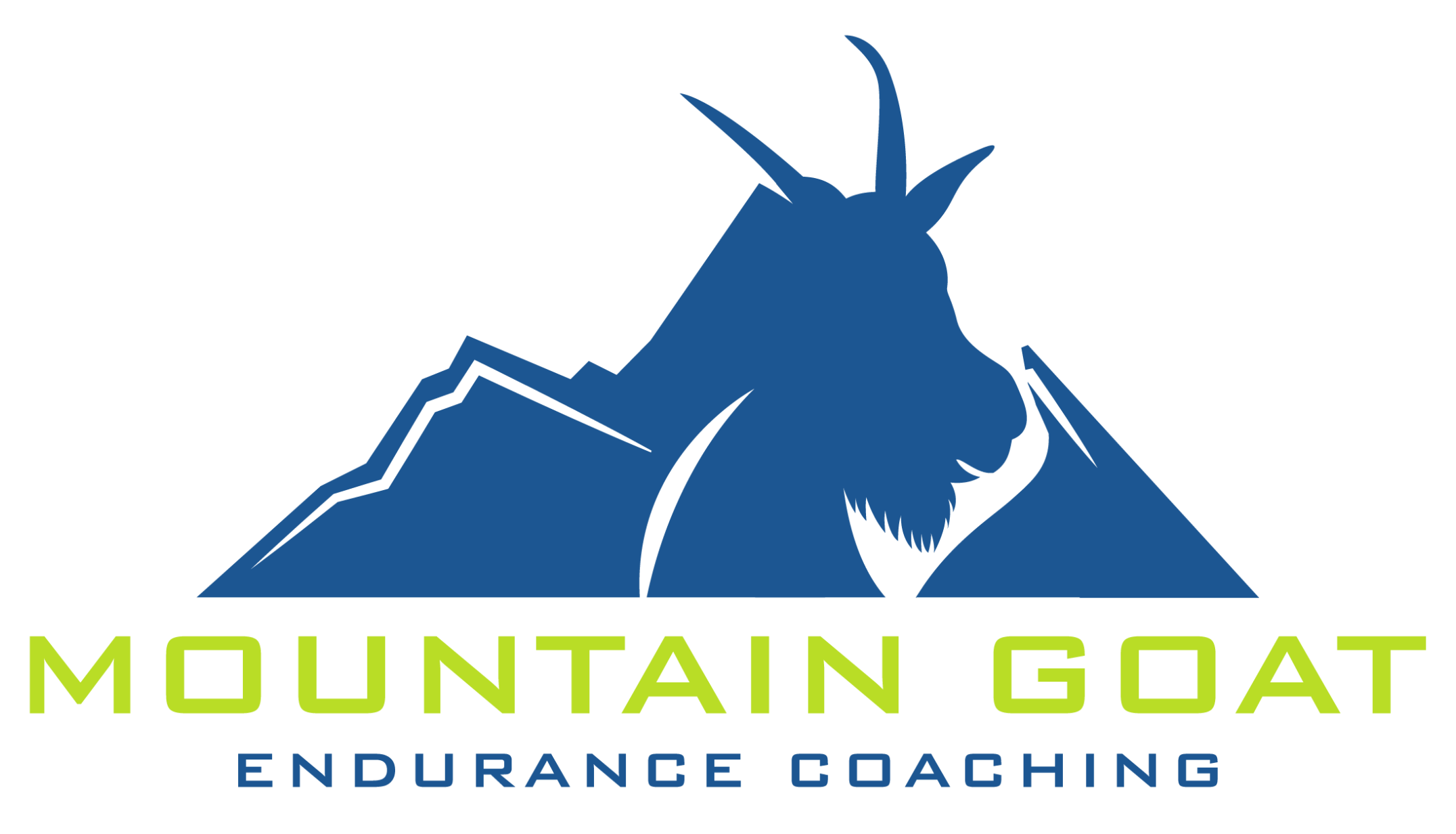Ever heard of “functional” training?
I realize this term has been around for a couple of decades, yet unlike so many fitness trends, this one seems to be holding strong.
People who sell “functional” training love to boast that it prepares you for everyday life better than other forms of training.
They’ll say things like, “It really mimics movements you’ll do in life and in sport so it’s a lot more applicable than those silly machines.”
And while I love squats…
(I’m currently doing a stupid amount of them every week).
I’ll also be the first to tell you that not everybody needs to be doing squats.
At least not right now.
Let’s imagine a person.
I’m gonna call him Greg.
Greg’s in his early 60s and he’s not very strong because he didn’t do a lot of physical labor or strength training throughout his life.
He’s also in a decent amount of pain, largely because he just keeps losing a battle against gravity with every step he takes.
Now, I could have Greg do squats.
Great movement, but they require a decent amount of skill.
Greg will eventually get stronger, but he’ll spend the first few weeks or months just learning how to squat.
As a result, he’ll build the skill of squatting, which is valuable, but he probably won’t build a whole lot of strength.
So he’ll keep getting his ass handed to him by gravity and probably stay in a decent amount of pain.
I could also put Greg on a leg press.
There’s very little skill when it comes to a leg press.
Heels down. Low back against the pad. Don’t hyperextend knees.
Once we have that down, I’ll just have him push until he grits his teeth a bit, and then we’ll take a rest.
After a month or two, Greg might have provided enough of a stimulus to actually build some muscle mass.
He also might start winning a couple of those daily battles with gravity and stop being in quite as much pain.
Which means he’ll probably want to move more.
So he’ll get even stronger.
Which will lead to even less pain.
Then it might be a good idea to teach Greg how to do some squats.
Because again… valuable movement.
Greg isn’t a real person.
But he’s a perfect representation of multiple clients I’ve had over the past few years (ranging in age from 30 to 80).
Early in my career, I was pretty solidly on the “functional” bandwagon when it came to training.
I thought machines should be largely reserved for big bodybuilders and I thought squats were far superior.
I mean… when is a person going to be laying on their back trying to push weight out with their legs?!
But as I started working with more and more people, it became pretty clear that my quest for “functional” movements was limiting my ability to help people.
An exercise is functional as long as it helps a person move closer to their goals.
And for someone like Greg, the best thing he can do is try to get even a little bit stronger.
The faster the better.
Because right now everything hurts and he’s only moving 1000 steps per day.
If we can give him even a little muscle mass, then that’ll probably change.
Now you might be wondering if any of this applies to you…
Maybe.
Maybe not.
But my older clients are not the only people I put on machines.
I actually use them a lot with a wide range of people.
Just the other day I was working with a runner who’s dealing with some IT pain, partially due to a lack of lateral stability in their hip.
So we did a bunch of side planks and crossbody step-ups.
Great exercises.
Know what would probably solve the problem faster if I had access to one?
A seated hip abduction machine.
Because that would almost certainly be a faster solution to their problem.
All to say…
I wish our gym had a hip abduction machine.
But seriously…
Don’t fall for dumb fitness words.
Don’t do an exercise just because some shirtless guy on the internet called it functional.
Do it because it helps you.
And if you’re not sure which exercise would help you…
Then fill out my contact form and we can set up a chat.
